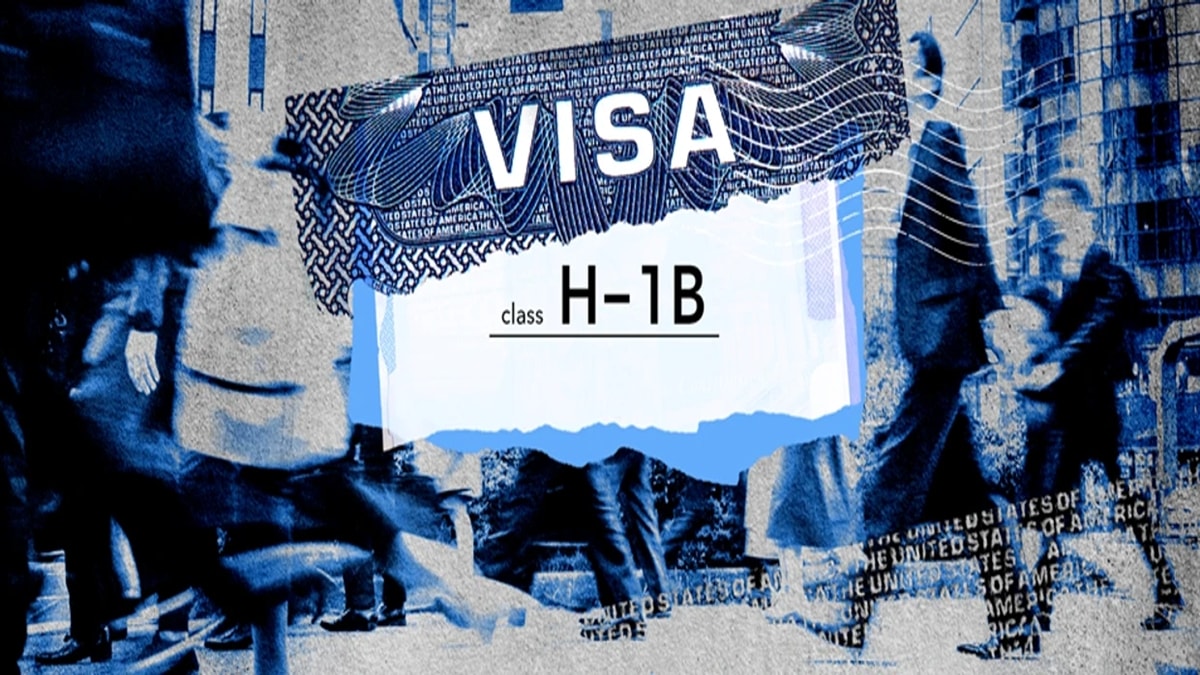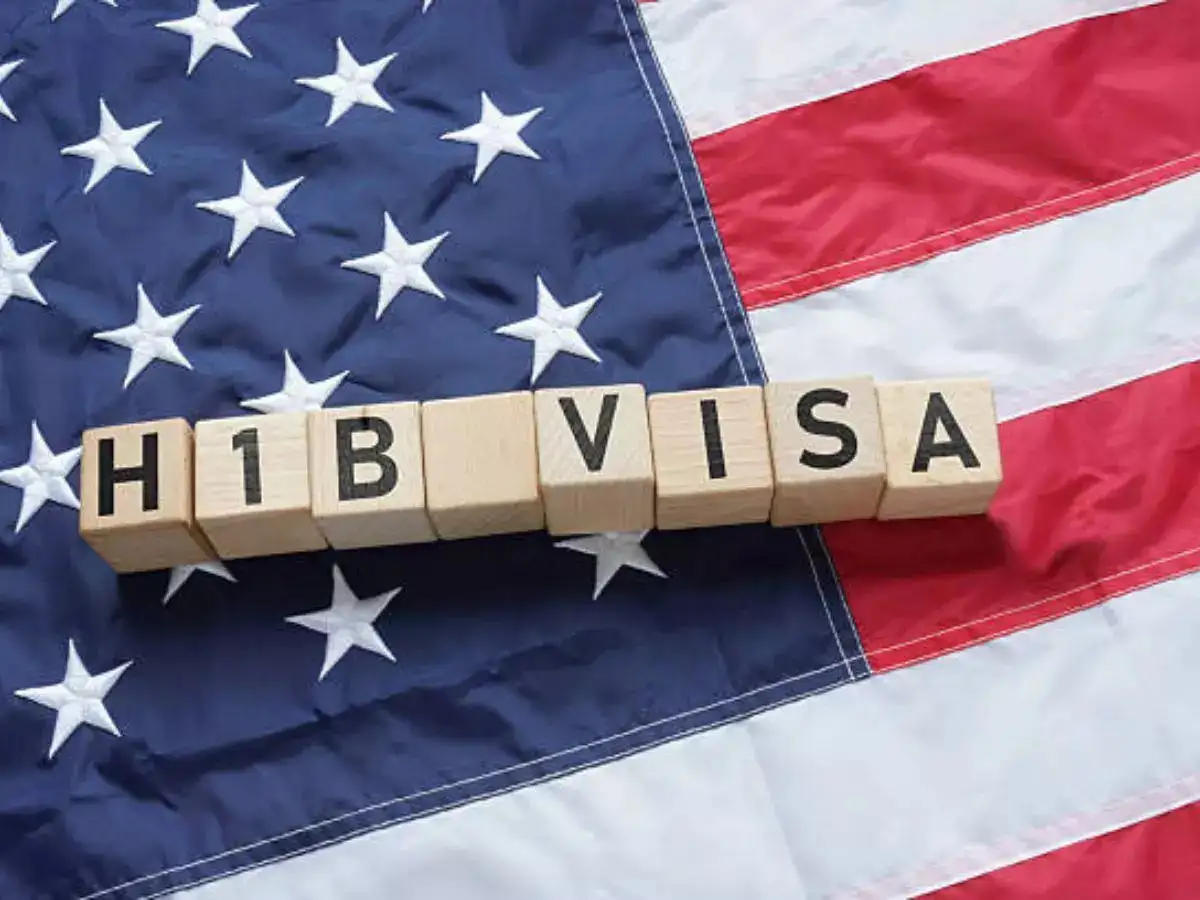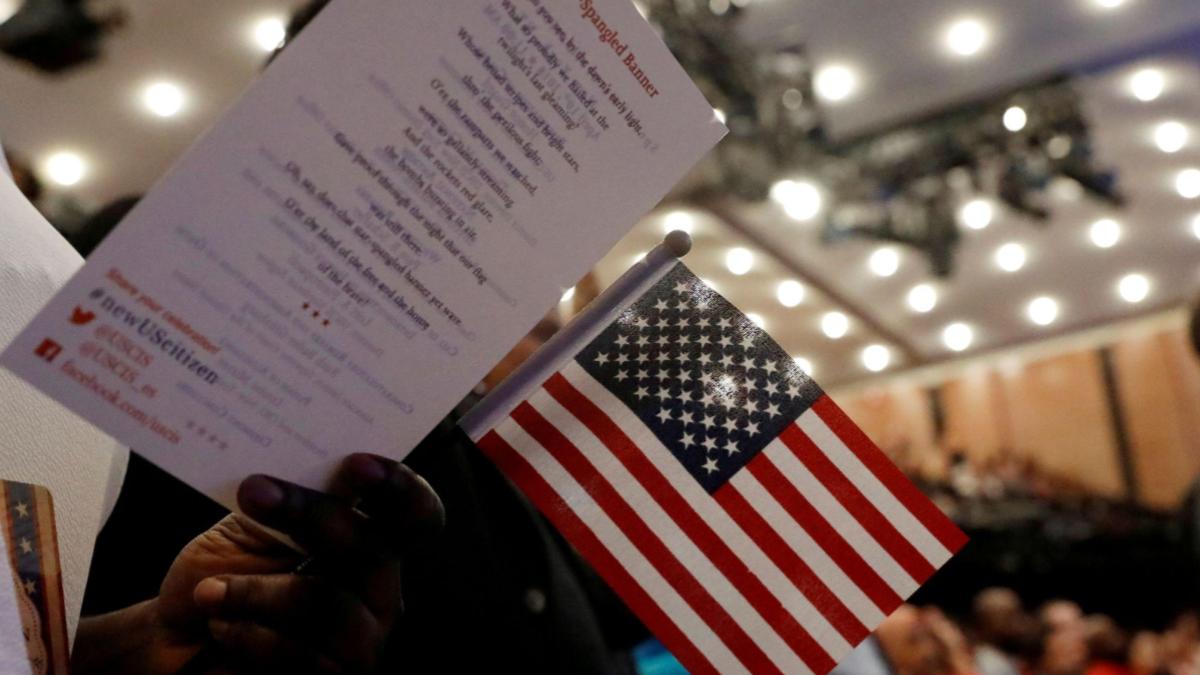L-1 Visa: A Strategic Alternative for Professionals Amidst Evolving H-1B Landscape
The L-1 visa offers a more stable and predictable US work pathway for multinational employees, contrasting with increasing H-1B uncertainties and proposed new restrictions.

Article Summary
The article explores the L-1 visa as an alternative to the H-1B visa for foreign professionals, particularly from India, citing increasing H-1B restrictions like a potential wage-based lottery for 2026 and a $100k fee on petitions. It outlines the differences between L-1A (managers/executives) and L-1B (specialized knowledge) visas, emphasizing that L-1 has no annual cap, allows for Green Card application, and provides immediate work authorization for spouses. Experts suggest the L-1 offers stability for employees within multinational companies, contrasting with the H-1B lottery's uncertainties.
[ Sentiment: neutral | Tone: factual ]
This summary and analysis were generated by TheNewsPublisher's editorial AI. This content is for informational purposes only; it does not constitute legal or immigration advice.
TNP AI: Key Insights
This analysis is crucial for skilled professionals facing H-1B uncertainties and for multinational employers seeking stable talent transfer mechanisms. The potential H-1B changes, such as a wage-based selection process and a significant fee increase, could substantially alter the landscape, making capped visas less accessible and increasing the value of cap-exempt alternatives like the L-1.
For multinational companies, the L-1 visa provides a more predictable pathway for transferring key talent, circumventing the H-1B lottery's inherent uncertainties and potential higher costs. For skilled professionals, particularly those already engaged with global organizations, the L-1 offers a direct route to US work, with added benefits for family and a clear path to permanent residency, contrasting with the H-1B's reliance on a lottery system and its job portability considerations. The article flags a significant upcoming policy consideration with the potential for a wage-based selection process in the 2026 H-1B lottery.




